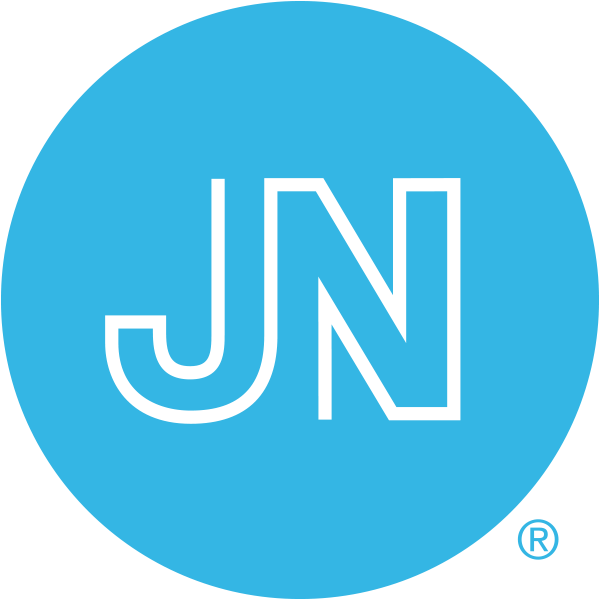BMJ Open. 2021 Jul 28;11(7):e049098. doi: 10.1136/bmjopen-2021-049098.
ABSTRACT
OBJECTIVE: The dural sealant patch (DSP) is designed for watertight dural closure after cranial surgery. The goal of this study is to assess, for the first time, safety and performance of the DSP as a means of reducing cerebrospinal fluid (CSF) leakage in patients undergoing elective cranial intradural surgery with a dural closure procedure.
DESIGN: First in human, open-label, single-arm, multicentre study with 360-day (12 months) follow-up.
SETTING: Three large tertiary reference neurosurgical centres, two in the Netherlands and one in Switzerland.
PARTICIPANTS: Forty patients undergoing elective cranial neurosurgical procedures, stratified into 34 supratentorial and six infratentorial trepanations.
INTERVENTION: Each patient received one DSP after cranial surgery and closure of the dura mater with sutures.
OUTCOME MEASURES: Primary composite endpoint was occurrence of one of the following events: postoperative percutaneous CSF leakage, intraoperative leakage at 20 cm H2O positive end-expiratory pressure or postoperative wound infection. Overall success was defined as achieving the primary endpoint in no more than two patients. Secondary endpoints were device-related serious adverse events or adverse events (AEs), pseudomeningocele and thickness of dura+DSP. Additional endpoints were reoperation in 30 days and user satisfaction.
RESULTS: No patients met the primary endpoint. No device-related (serious) AEs were observed. There were two incidences of self-limiting pseudomeningocele as confirmed on MRI. Thickness of dura and DSP were (mean±SD) 3.5 mm±2.0 at day 7 and 2.1 mm±1.2 at day 90. No patients were reoperated within 30 days. Users reported a satisfactory design and intuitive application.
CONCLUSIONS: DSP, later officially named Liqoseal, is a safe and potentially efficacious devic e for reducing CSF leakage after intracranial surgery, with favourable clinical handling characteristics. A randomised controlled trial is needed to assess Liqoseal efficacy against the best current practice for reducing postoperative CSF leakage.
TRIAL REGISTRATION NUMBER: NCT03566602.
PMID:34321304 | PMC:PMC8320247 | DOI:10.1136/bmjopen-2021-049098





